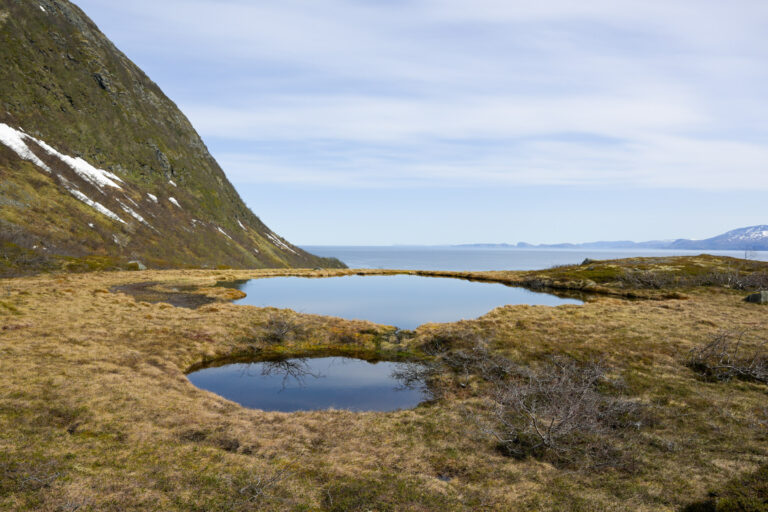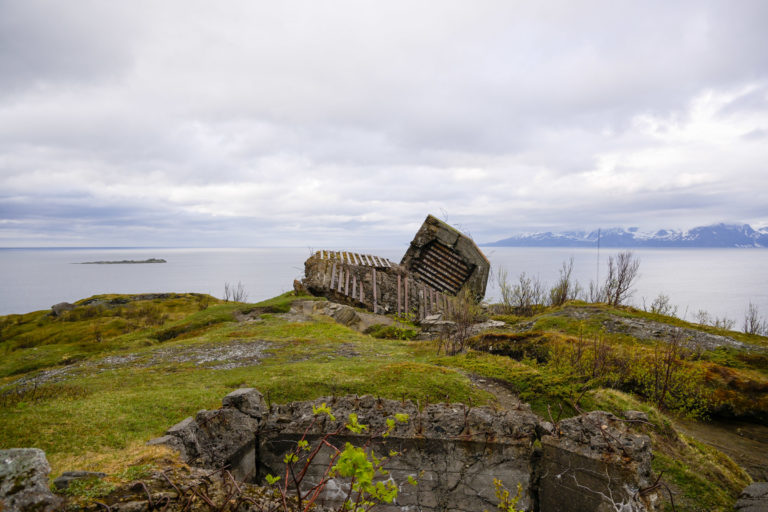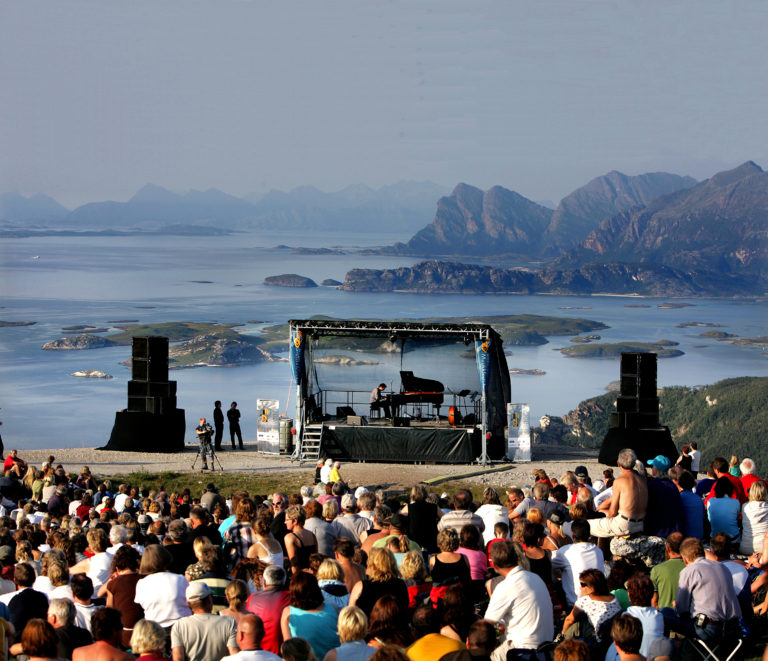The border between Russia and Norway was drawn in 1826, but it took the peoples of the two countries a long time to adapt to the new border. Russian fishermen often strayed onto the Norwegian side, which led to a number of episodes. In 1851, the village of Grense Jakobselv, where the border meets the sea, became a fixed Norwegian settlement. The religious competitor in the area – the Russian Orthodox Church – was already strongly present there, with the Boris Gleb Church that stood right on the Norwegian border at Pasvikelva.
Watchtower
To mark the border, the Norwegian Parliament paid for a church to be constructed on the Norwegian side. The architecture reflects Western European ideals with neo-Gothic shapes in granite. The church spire is visible far out to sea, so no-one could be in any doubt as to where the border ran. In 1869, the church was consecrated as “a spiritual watchtower against the various religions of the Colossus to the east”.
In 1873, Oscar II of Sweden and Norway was travelling the outer reaches of his realm. He travelled all the way to Grense Jakobselv, where he attended a church service. The royal visit itself must be seen as a confirmation of the border, and following his visit the chapel was named after the king.


